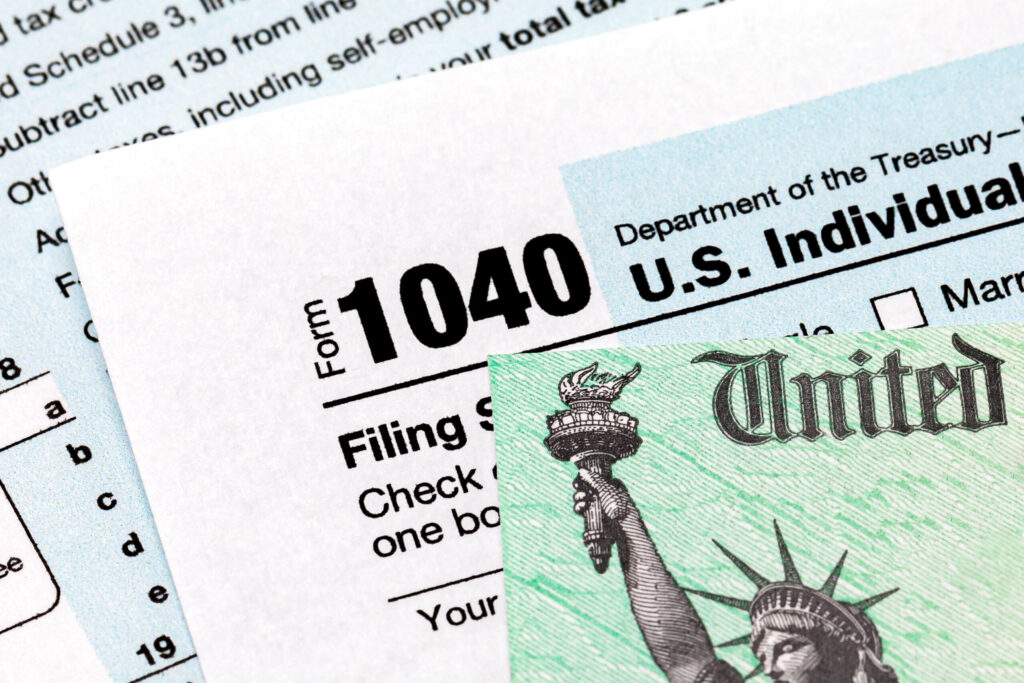2025 Tax Brackets: Navigating the Changes in Federal Income Tax
View the Latest Updates
Explore the 2024 Tax Brackets
Explore the 2023 Tax Brackets
Every year, the IRS adjusts over 60 tax provisions to account for inflation. Inflation occurs when the overall prices of goods and services rise, effectively reducing purchasing power. It is sometimes dubbed a "hidden tax" because it can worsen taxpayers’ financial situations due to rising prices and "bracket creep," all while expanding government spending capacity. "Bracket creep" happens when inflation—not actual income increases—bumps taxpayers into higher tax brackets, diminishing the value of their deductions and credits.
Previously reliant on the Consumer Price Index (CPI) before 2018, the IRS now employs the Chained Consumer Price Index (C-CPI), thanks to the Tax Cuts and Jobs Act of 2017 (TCJA). This change ensures income thresholds, deductions, and credit amounts align with inflation.
2025 Tax Year Adjustments
The upcoming tax adjustments will apply to the year 2025, with taxpayers filing in early 2026. Tax parameters will see an approximate increase of 2.8%.
2025 Federal Income Tax Brackets and Rates
In 2025, tax bracket income limits will adjust for inflation as follows. The federal income tax features seven rates: 10%, 12%, 22%, 24%, 32%, 35%, and 37%. The top rate of 37% applies to individuals earning above $626,350 and married couples filing jointly earning above $751,600.
Standard Deduction and Personal Exemption
The standard deduction rises by $400 for singles and $800 for joint filers. For individuals over 65, an additional deduction of $2,000 applies to single filers and $1,600 for joint filers. As per the TCJA, the personal exemption remains at $0.
Alternative Minimum Tax (AMT)
Established in the 1960s, the AMT ensures high-income earners pay their share of taxes. It uses an alternative taxable income definition and applies rates of 26% and 28%. For 2025, the AMT exemption is set at $88,100 for single filers and $137,000 for married couples filing jointly. Exemptions start phasing out for incomes over $626,350 (singles) and $1,252,700 (joint filers).
Notable Tax Credits and Deductions
- The Earned Income Tax Credit (EITC) for 2025 is $649 for filers without children, with increasing amounts up to $8,046 for those with three or more children.
- The Child Tax Credit holds steady at $2,000 per child, with a refundable portion of $1,700.
- Long-term Capital Gains are subject to different brackets and rates than regular income.
- Section 199A provides a 20% deduction for pass-through businesses, beginning to phase out for incomes over $197,300 and $394,600 for joint filers.
- Gift Tax Exclusion rises to $19,000, with specific increases for non-citizen spouses.
Tax policies can be intricate, but understanding their impact doesn’t have to be. Embrace the latest updates to stay informed: Boost Your Tax Knowledge with TaxEDU.
Stay Connected:
Remain updated with tax policies that affect you. Subscribe for insights from our trustworthy experts delivered direct to your inbox.
Share This Insight:
Twitter, LinkedIn, Facebook, and Email sharing options available.
Engage with these updates and ensure your tax strategy is as efficient as possible heading into 2025.



